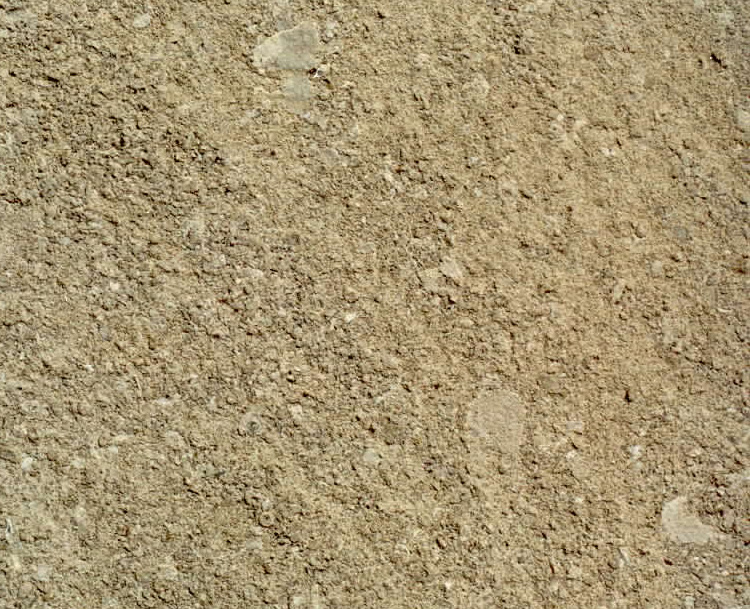
The present capitol was built from 1885 to 1889, two decades after the 1868 move of the capital from Milledgeville to Atlanta. The state legislature, which met in Atlanta's Kimball Opera House for those two decades, allocated $1,000,000 for construction of the Renaissance-style building. It was completed with $118.43 left over.
It was initially assumed that the capitol would be built of marble from Georgia or granite from Georgia. However, legislative committees examined possible quarrying sites and concluded that Georgia's quarries, and perhaps even its resources of stone, were not adequate to supply the needs of the new capitol. Georgia's quarry industry has subsequently supplied the stone for various other state capitols, and for many additional buildings and monuments, but it wasn't up to the task of Georgia's state capitol in the late 1880s. Georgia marble was used, however, for the interior floors and some interior walls, and Georgia granite was used for the foundations.
Instead of Georgia marble or granite, the exterior (and thus the bulk) of Georgia's state capitol was built of Mississppian limestone from southern Indiana. That limestone, commonly called "Indiana limestone" or "Indiana oolitic", is one of the world's most popular building stones. The limestone consists of fragments of fossils and was deposited in the Mississippian period (about 320 million years ago) in shallow seas that flooded central North America, much as the Bahama platform is flooded today and covered with shelly sediments. For example, two circular cross-sections of crinoid stems are visible in the lower left center of the image below, and two large pieces of shell can be seen at the top and to the lower right. Thus, despite its name, limestone is not truly oolitic, in that it consists of fossil fragments rather than ooids, which are small spherical concretions of CaCO3.

